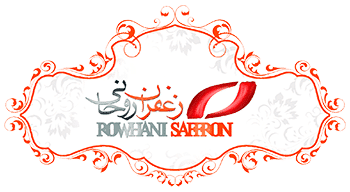Harvesting saffron in 90,000 hectares of farms in Khorasan Razavi
The work of harvesting saffron from the lands of Khorasan Razavi has started
and these days the transportation axis of Torbat Heydariyeh to Zaveh has taken on the color of red gold.
At the end of October and the beginning of November every year and with the cooling of the weather
, the red gold harvest season begins from the saffron fields of Khorasan Razavi and at the very beginning,
the transportation hub of the world’s most saffron city,
Torbat Heydariyeh, sees the harvest of this crop.
Saffron product is considered as one of the most important sources of income and employment
for the people of Torbat-e Heydarieh and Zaveh,
with more than 700,000 people working in the cities of Torbat-e Heydarieh and Zaveh.
In addition to Torbat-e Heydarieh and Zaveh,
which bear the title of saffron production hub of Iran and the world,
Accordingly, out of a total of 108,000 hectares of land under cultivation of this crop in Iran,
the provinces of Khorasan Razavi with 90,000 hectares and 78% production and South Khorasan
with 15,700 hectares and about 7%, as well as other provinces with another 8,000 hectares
Arrangement has the highest amount of cultivation and production of this product.
The average harvest of saffron in the lands of Torbat-e Heydarieh region is 4.2 kg per hectare,
which has quadrupled in recent years in some farms with modern and organic methods.
it is expected that about 70 tons of dry saffron will be harvested
from more than 22,000 hectares of saffron lands
in Torbat-e Heydarieh and Zaveh regions.
But according to the harvest season of this product, the most important
concern of saffron farmers and producers is its price.
At present, the price of each kilo of fresh saffron in the flower market
is between 300 and 400 thousand tomans, depending on its quality
, although sometimes this price decreases in the early night with the abundance of flowers.
In the past month, the people’s representatives of Torbat-e-Heydariyeh,
Zaveh and Mehvalat, in consultation with the National Saffron Council,
announced that the purchase floor of this product in the flower market was 450,000 Tomans,
dry jewelry 20 million Tomans and also straw 16 million Tomans,
but This practice is not evident in the market.







Get Social